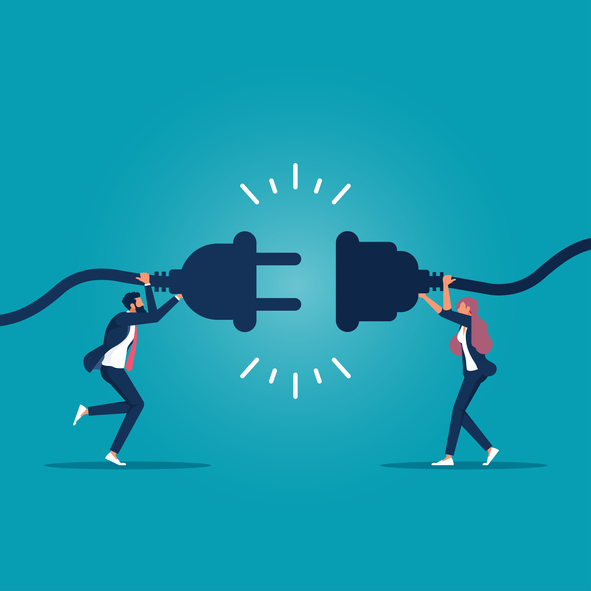I often dream of the future, especially after I look back in the past and think about how far humanity has come. As a self-pronounced lifelong learner, I spent much of my freetime the past few months learning about the industrial revolution and how truly revolutionary it was, not only for the United States, but for the entire world.
For thousands of years, we relied on animals and carts to carry us and our belongings, and then one day, we looked around and those carts were replaced with automobiles. A pattern I’ve noticed across history is that with new inventions come new ways to both connect and disconnect. Cars invited people to travel longer distances, allowing them to disconnect from their communities and explore their state and country. The industrial revolution, especially in the creation of the factory production line, ushered more and more countryfolk into the cities, which meant more consistent connection with neighbors and strangers. Travelling now to modern day, high-speed railways and air travel can take us farther and faster than the most efficient car on the market can. Our technology has advanced greatly, giving us even more opportunities to connect and disconnect.
I would point to the smartphone/portable computer as the most revolutionary technology of my lifetime. Of all the benefits smartphones and social media give us – connecting with relatives and friends, documenting our own history through posts and images, etc. – it seems that for every positive this technology adds to our life, there are 50 articles explaining how it is destroying and disconnecting our society.
Countless lives have been damaged by a plague of mental health conditions, which many scientists and medical professionals diagnose as caused by the disconnecting aspect of modern technology and social media. This causes me to ask: Is disconnection always bad? Or is it simply a natural phenomenon of a new technology?
What I’ve come to understand about my own world through looking at the past is that “connect” is not a good or bad word and neither is “disconnect.” They’re just words. Like any word, they can become more or less powerful depending on our experiences and what we connect those words with. The same platform that allows people access to the internet to do things like work and make a livelihood could be the exact same platform that causes many to battle with insecurity and self-destruction. As an advertiser, I have used social media both in my time connecting at work, like in social media promotion, and in my time after work to disconnect and unwind, seeing what my friends are up to and finding things to make me think and laugh.
For some, social media hiatus’, taking weekly or monthly breaks from different platforms, are a healthy practice to disconnect online and connect in person. Because of the nature of my work and my generation, I recognize the immense value these platforms can provide if used efficiently. Instead of completely avoiding these potentially poisonous platforms, I commit myself to being very intentional about how I use it. I set limits to how long I spend (1 hour a day on my favorite social apps), unfollow those accounts which steal my joy and follow those who inspire me positively.
As I’ve made this change, I have found that I followed more small businesses (favorite restaurants, friends’ start-up’s, local boutiques) than ever before. If not for this change, I would have never noticed the ultimate power of effective social media use. The way these smaller brands share content that the team members personally created, rather than sent down from a bigger office, has inspired ideas of my own. The way these local companies reply to almost every single comment on their page as a form of audience engagement, rather than ignoring them, shows that being intentional can go a long way. This intentional effort to care for those interested in their business has led me to support them through purchases and continued following, and, even beyond that, a very high opinion of the business.
With ever-evolving social media platforms, companies of all sizes have lots of opportunities. For smaller businesses, this could look like community engagement through replying to comments or following your followers back. For bigger businesses, it could be an employee creating a video about how they use your product day-to-day and what it adds to their life.
Opportunities for connection – and disconnection – are all around us. There are times of day when people are active and engaged, such as using technology to read articles or go full-in for holiday shopping, and there are times when we are ready to use our technology for leisure activities like recipes and streaming services.
My charge to businesses of any size is to know your audience’s connection style. Is someone looking to buy your product more likely to respond to it while reading a Dallas Morning News article, or while binging their favorite Hulu show? What time of day are they most likely to respond: in the morning after going to the gym, or in the evening after getting take-out?
Every business will have different answers, and many in management are not fully aware of this aspect of their audience. Thankfully, the team at Miller Ad Agency is here to help. Our variety of clientele across more than 30 years has given us a plethora of experience learning connection styles and enabling businesses to authentically engage with their audiences, leading to high opinions and high sales. Connect with us today to find how you can connect with your audience best.

